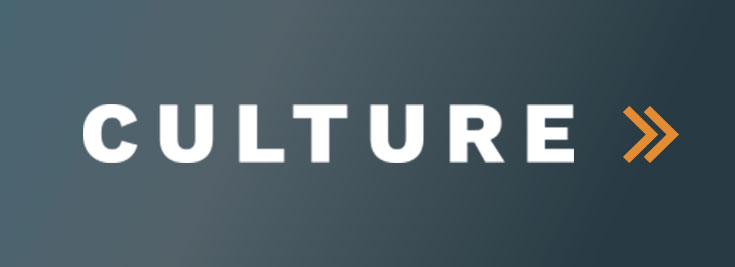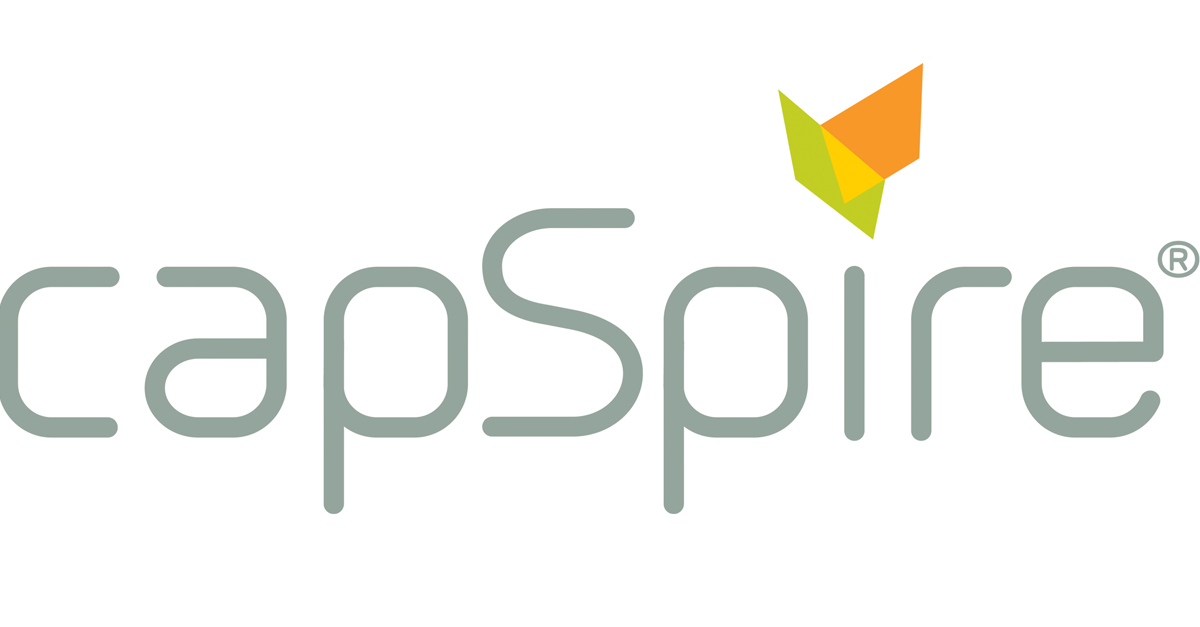When companies embark on system implementations or major process changes, the primary focus is often on the obvious capital cost, timeline, and ROI. Stakeholders and project managers zero in on budget estimates, vendor fees, and delivery milestones. What often gets overlooked is the real cost to the people tasked with keeping the business running while simultaneously delivering transformation.
While financial projections might be carefully modeled, the human cost is rarely quantified, yet it can be far more disruptive and costly than anticipated.
Dual Roles, Double Burden
In nearly every implementation, internal teams must juggle their regular day-to-day responsibilities alongside demanding project duties. The logic seems efficient, “who better to provide input and validate designs than those already doing the work?”
But here’s the thing that assumption? It can be brutal. Suddenly, your top performers are juggling two jobs, business as usual and “project warrior” burnout kicks in, stress spikes, and your best people start sounding like broken records. Critical knowledge gets trapped in a handful of exhausted brains, quality dips, and before you know it, the project is limping along powered by prayer, coffee and quiet despair.
A line you’ll hear more than once: “I love my job… I just hate this project.”
Implementing an E/CTRM system isn’t for the faint-hearted. It takes a very specific kind of person, the kind who’s seen a few war rooms, knows how to dodge scope creep like a fox evading hounds, and doesn’t panic when a timeline slips. These are the resources that deliver because they’re focused, experienced, and not also trying to approve invoices, fix reports, complete end-of-day processes and manage a trading portfolio at the same time.
And when that overworked ‘warrior’ finally taps out from project fatigue, ask yourself, who’s next in line? Are they thinking “That won’t happen to me”… or more like “It seems I’m in serious trouble.”?
What Doesn’t Appear on a Project Plan
These impacts rarely show up in budgets or Gantt charts:
- Decreased productivity in core operations
- Unplanned turnover due to burnout (replacement cost)
- Loss of focus on customers and market opportunities
- Cultural fatigue from constant change
They’re difficult to quantify, but they’re real and they carry a long-term cost that outlasts the implementation itself.
The capSpire Difference
This is where a partner like capSpire makes a measurable difference. Our teams are designed to augment internal resources, not just direct them. We bring deep industry knowledge and delivery expertise to reduce the strain on your internal teams, allowing them to stay focused on their core roles while remaining involved in ways that are sustainable and efficient.
By proactively identifying pain points, distributing the workload more effectively, and providing hands-on support, capSpire helps companies avoid the silent drag that derails so many well-intentioned projects.
Look Beyond the Budget
Implementation success isn’t just about the system going live on time and on budget, it’s about how well your people, processes, and customers adapt and thrive after it’s done. Short-term cost thinking can blind stakeholders to the very risks that slow progress and reduce value. It’s time to look beyond the project plan and consider the real impact on the people who carry your business forward every day.
Connect with Ed Porter here










